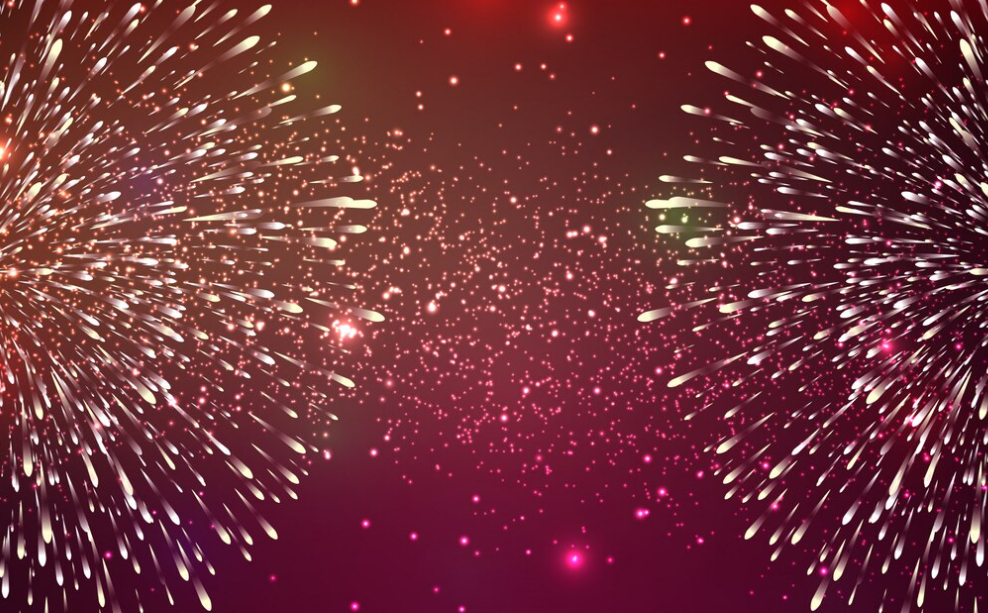Environment Canada issues air quality statement for Diwali fireworks
People voice concerns over backlash and stigmatization of Hindu groups as Environment Canada specifically identifies Diwali in an advisory over air quality.
On the morning of October 24, Environment Canada issued an air quality statement for the coming evening for Brampton, Mississauga, and Toronto, citing a combination of expected fireworks for Diwali and stagnating weather conditions. According to a CBC news report, “Environment Canada issued, then removed, what a meteorologist said was believed to be its first air quality statement in relation to holiday fireworks on [October 24], prompting questions about why a major Hindu holiday was singled out.”
Before the statement was edited, it read, “A special air quality statement is in place due to the possibility of deteriorating air quality as a result of fireworks for Diwali.”
According to Air Quality Health Index (AQHI) readings, air quality in Brampton reached “very high risk” levels during the evening of October 24 and early morning of October 25. AQHI readings measure the concentrations of five common pollutants in the air that threaten respiratory health—ozone, PM 2.5., nitrogen dioxide, sulphur dioxide, and carbon monoxide—and calculate both the risk for vulnerable populations and for the general public. Their recommendation for the vulnerable population during periods with “very high risk” air pollution levels is to avoid strenuous activities outdoors, with advisories for the general population to reduce their outdoor activities as well.
The Medium spoke to U of T Chemical Engineering Professor Dr. Arthur Chan about air pollution and health. “Air pollution in general affects health of the airways,” says Dr. Chan, as he explains that pulmonary problems like chronic obstructive pulmonary disease or asthma can be exacerbated by high levels of air pollution, and that long-term exposure to air pollution can lead to heart disease, among other illnesses.
Dr. Chan advises that, “[During a festival], most of these sources are outdoors, so if you want to avoid or minimize the exposure, you can stay inside, close your windows and make sure the air indoors is clean.” He says the opposite may be true in other instances, like when cooking or lighting a candle. Sometimes the air indoors is “dirty,” and in those instances, it is advisable to open a window and let “clean” air from outdoors flow in.
Regarding the role of stagnating weather conditions, Dr. Chan explains that “you can think about [how] hot air rises, and cold air sinks.” If the air low to the ground is cold and doesn’t move around, pollutants cannot quickly disperse into the atmosphere. Thus, he says, “[Particles from fireworks] keep emitting into a small volume [of air], [causing] higher pollutant concentrations.”
As such, Dr. Chan says that Environment Canada was technically sound in predicting poor air quality. He has seen new research that particles emitted from fireworks might be especially toxic because of the metals in them.
Regarding setting off fireworks at home, in Brampton, fireworks that travel less than three metres into the air are allowed without a permit on Victoria Day, Canada Day, Diwali, and New Year’s Eve. In Mississauga, the list includes Victoria Day, Canada Day, Diwali, and Lunar New Year, with no height limit specified.
Environment Canada’s statement naming Diwali specifically for air pollution risks—while not reportedly having done so for other festivals, such as those on the aforementioned lists—caused people to voice concerns over stigmatization towards the South Asian community. “The person who made the statement didn’t do their due diligence or consider the impact of their statement,” Hindu Federation president Pandit Roopnauth Sharma told CBC.
While any mention of Diwali in the statement was later removed, Environment Canada did not issue an apology through any public channels.

